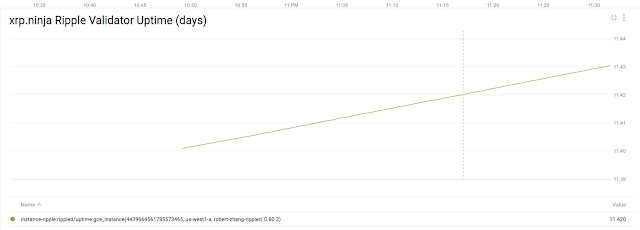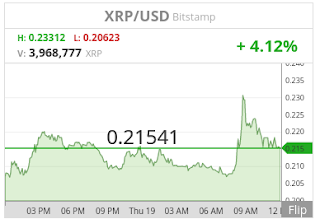xrp.ninja Ripple validator returns normal since two day ago

There's been some problems with the validator ever since it crashed about a week ago. It doesn't crash any more since I added much more disk space. But it easily falls behind and needs to play catch up several hours after each restart. I learned this from state_accounting field in the output of "rippled server_info". I created a metric and a chart from it. This is what the chart looks for the last week. The " Full " mode state means it is fully synced and participating in consensus process. You can see it is now asymptotically approaching 100 now. The value means the percentage of uptime the validator stays in each mode. I figured out why the disk was out of space. It was because the validator fell behind. When that happens, online delete is disabled. See this code: https://github.com/ripple/rippled/blob/fc0d64f5eec4386db7146251ab1a7fe880bec17c/src/ripple/app/misc/SHAMapStoreImp.cpp#L751 I saw some "Not deleting" messages in the l




